More on Sexing Discus Fish
Gender identification of a Discus Fish is nothing short of challenging. Even seasoned keepers can sometimes have difficulty determining which fish are male and female. While there are various methods for sexing fish, some theories work better for certain situations. Described here are a few processes to consider that may help both novice and experienced hobbyists.
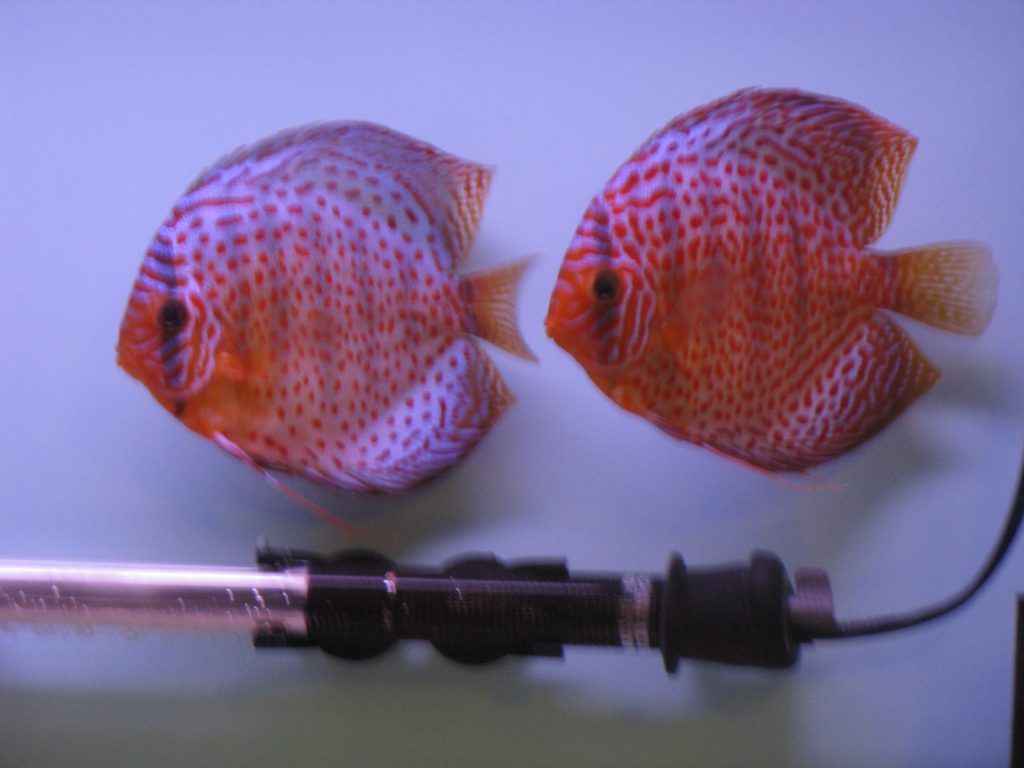
Note the male discus on the left: the rounded forehead and pointed tip of the dorsal fin.
Color and Patterns
While it is not a sure science, colors and patterns can sometimes lend hints to the sex of the fish. Discus are known for their vibrant colors and interesting patterning. However, male fish generally have a muted color and more patterns. Likewise, females typically have vivacious colors, but far less patterning than a male.
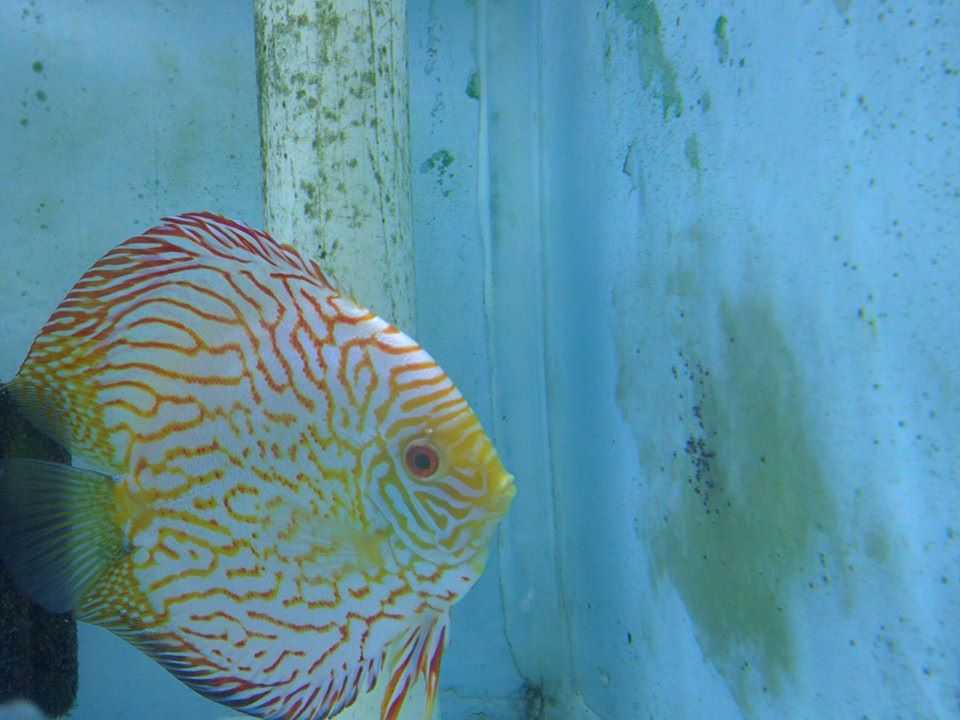
Male discus fish
Physical Features
The age of the Discus can make it difficult to detect certain physical features that help differentiate between males and females. Young Discus look very similar to each other in size, shape, and overall appearance. However, as the Discus begin to mature, certain physical features become more prominent. Such as:
· At maturity, males are larger than females
· Males have thicker lips to assist in protecting the female
· Males have a thicker forehead offering a more masculine appearance
Personality
Hobbyists are familiar with the peaceful nature of the Discus. However, gender can play a role in certain behaviors that observers may witness while watching Discus interact inside a tank. For example, males tend to show much more aggression than females. Generally, males are more likely to chase or nip at other males in order to protect the female that it has paired with. Some hobbyists have reported that males will shield females from other fish and even observers who are viewing the tank.
Pairing Off
Some hobbyists have reported that they have been able to determine the sex of their Discus based on features and behaviors, but many insist that gender identification can only occur once Discus have paired off. At that point, the other attributes can assist in determining the sex. However, other keepers speculate the only certain determination occurs once fish have spawned eggs and the observer can clearly see breeding tubes.
Overview
While gender identification is not really necessary information to know when keeping Discus, it can be a fun and engaging challenge for keepers to try to figure out. Observing Discus as they grow and develop in their communities is nothing short of fascinating, even if gender remains a mystery.

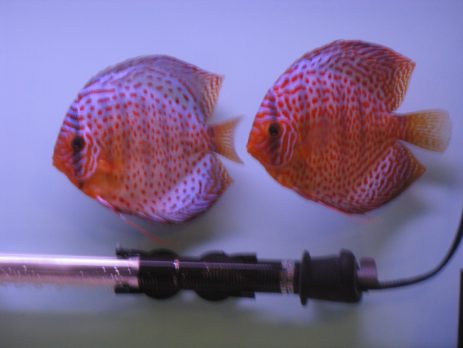
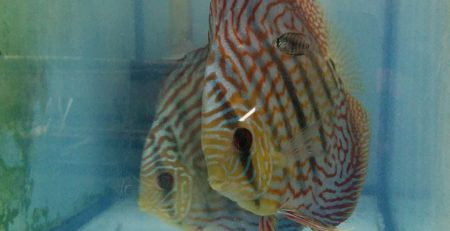
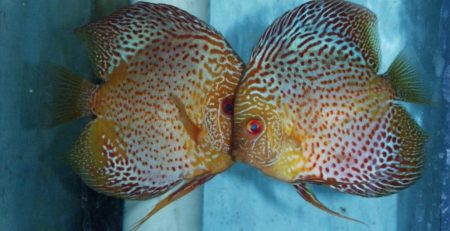
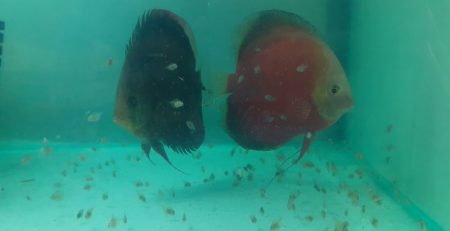
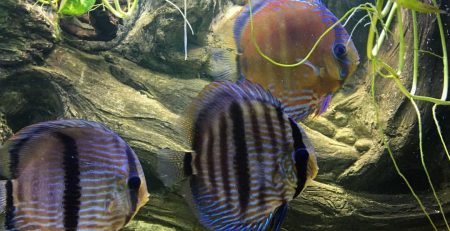

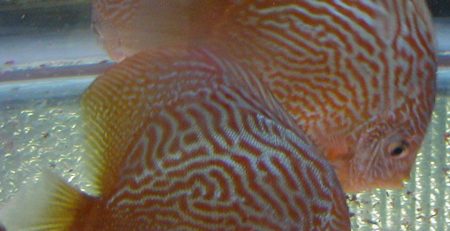
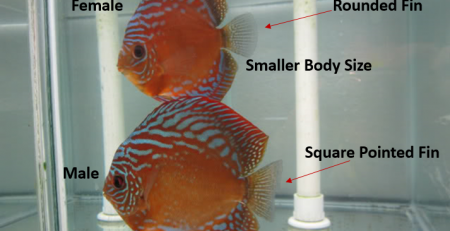
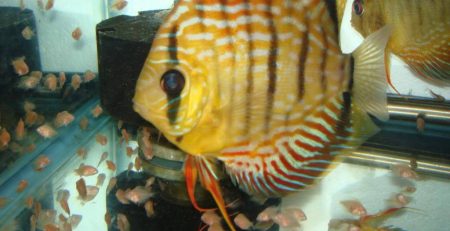
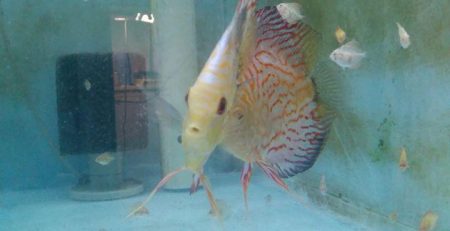

Leave a Reply
You must be logged in to post a comment.